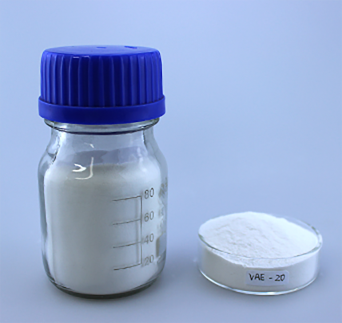
Dec . 03, 2024 18:13 Back to list
what is hydroxypropyl methyl cellulose
What is Hydroxypropyl Methyl Cellulose?
Hydroxypropyl methyl cellulose (HPMC) is a synthetic polymer derived from cellulose, a natural polymer found in plant cell walls. This versatile compound has gained considerable attention in various industries, including pharmaceuticals, food production, cosmetics, and construction. Its unique properties make it an essential ingredient in many formulations, and understanding its characteristics and applications can provide insight into its significance in modern technology.
HPMC is a white or off-white powder, odorless and tasteless, which is soluble in cold water. Its solubility is attributed to the hydroxypropyl and methyl groups attached to the cellulose backbone, which enhance its flexibility and hydrophilicity. This modification leads to a variety of molecular weights and different grades of HPMC, allowing manufacturers to tailor its properties for specific applications. Commonly used grades of HPMC include high viscosity, low viscosity, and instant types, each serving unique needs in formulation processes.
What is Hydroxypropyl Methyl Cellulose?
The food industry benefits from HPMC as a thickening agent, stabilizer, and emulsifier. Its ability to enhance the texture of various food products makes it a popular ingredient in sauces, dressings, and baked goods. Furthermore, as a dietary fiber, HPMC offers potential health benefits, such as promoting digestive health and providing a feeling of fullness, making it a suitable addition to low-calorie and gluten-free products.
what is hydroxypropyl methyl cellulose

In the realm of cosmetics, HPMC is employed for its film-forming properties and ability to retain moisture. It is commonly found in lotions, creams, and hair care products, helping to improve texture and stability. HPMC also serves as a thickening agent in various formulations, allowing for appropriate viscosity without affecting the product's clarity.
The construction industry utilizes HPMC as a key ingredient in tile adhesives, putties, and gypsum-based products. Its water retention properties ensure a longer working time and improved adhesion, while its ability to enhance the workability of construction materials leads to better application and finish.
Safety is an important consideration for HPMC, and it is generally recognized as safe (GRAS) by the U.S. Food and Drug Administration (FDA) when used according to established guidelines. Its non-toxic nature and compatibility with other compounds make it a preferred choice for many sensitive applications, including those involving food and pharmaceuticals.
In conclusion, hydroxypropyl methyl cellulose is a multifunctional compound that plays a vital role across various industries. Its unique properties, such as solubility, thickening, binding, and film-forming capabilities, make it an essential ingredient in pharmaceuticals, food products, cosmetics, and construction materials. As research continues to unveil new applications for HPMC, it is likely that its significance in these fields will only grow, enhancing the performance and quality of numerous products we use every day.
-
Unlocking the Benefits of HPMC Products: A Gateway to Versatile Applications
NewsAug.07,2025
-
Unleashing the Potential of HPMC Ashland: A Comprehensive Look
NewsAug.07,2025
-
Tile Bonding Cellulose: The Key to Superior Adhesion and Durability
NewsAug.07,2025
-
Hydroxypropyl Methylcellulose Powder: The Versatile Component in Modern Pharmaceuticals
NewsAug.07,2025
-
Hydroxyethyl Cellulose: The Versatile Solution for Various Industries
NewsAug.07,2025
-
Hydroxyethyl Cellulose (HEC): The Versatile Polymer for Various Applications
NewsAug.07,2025







